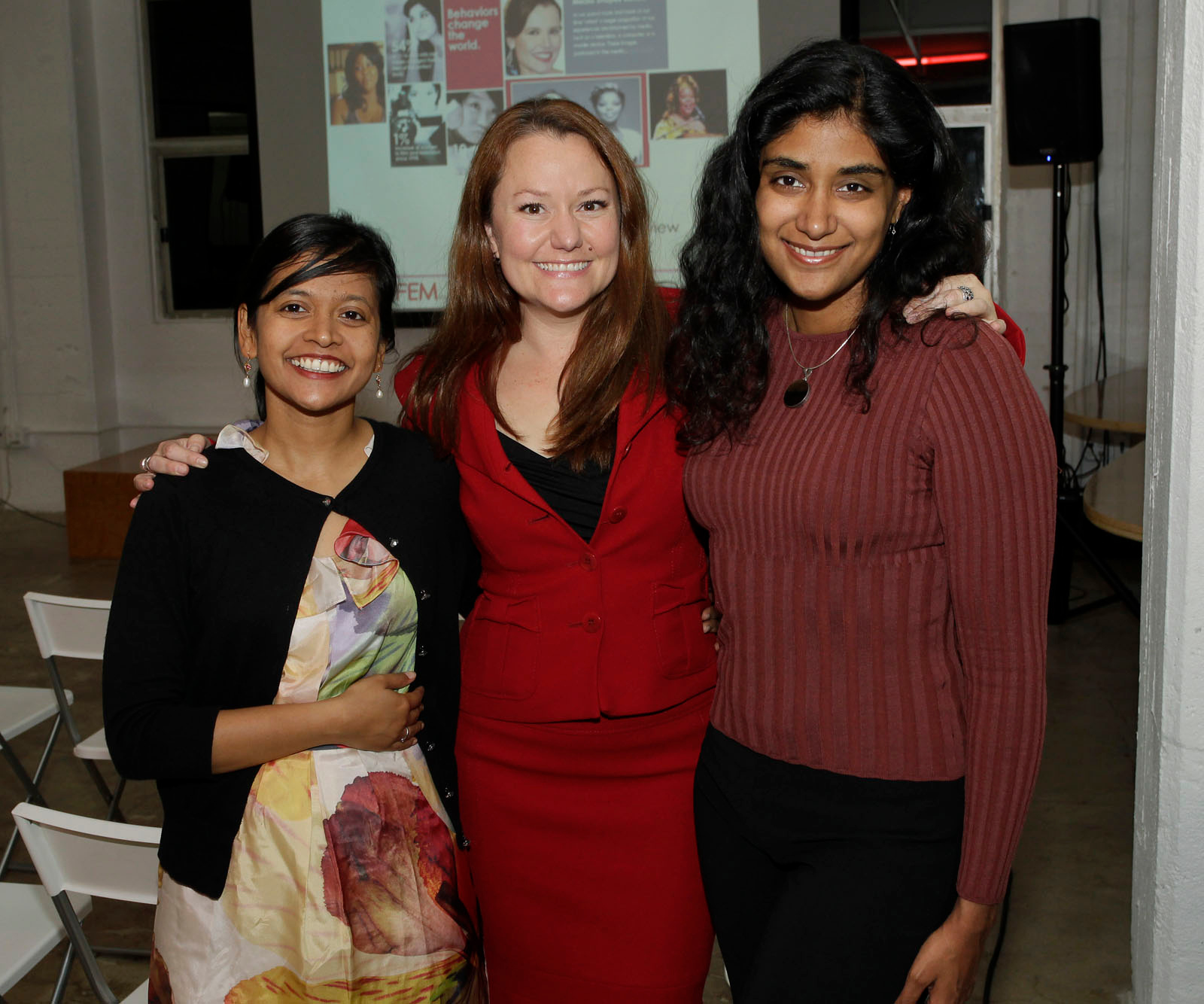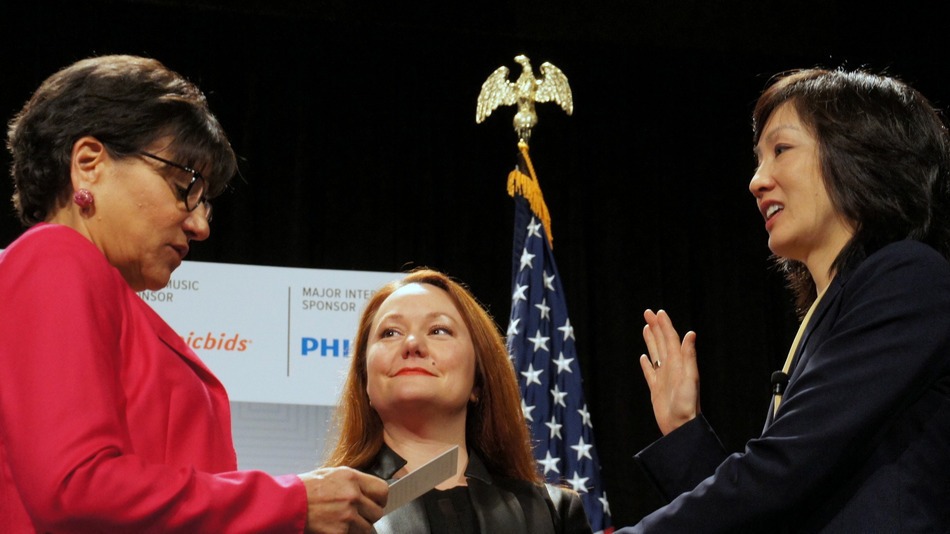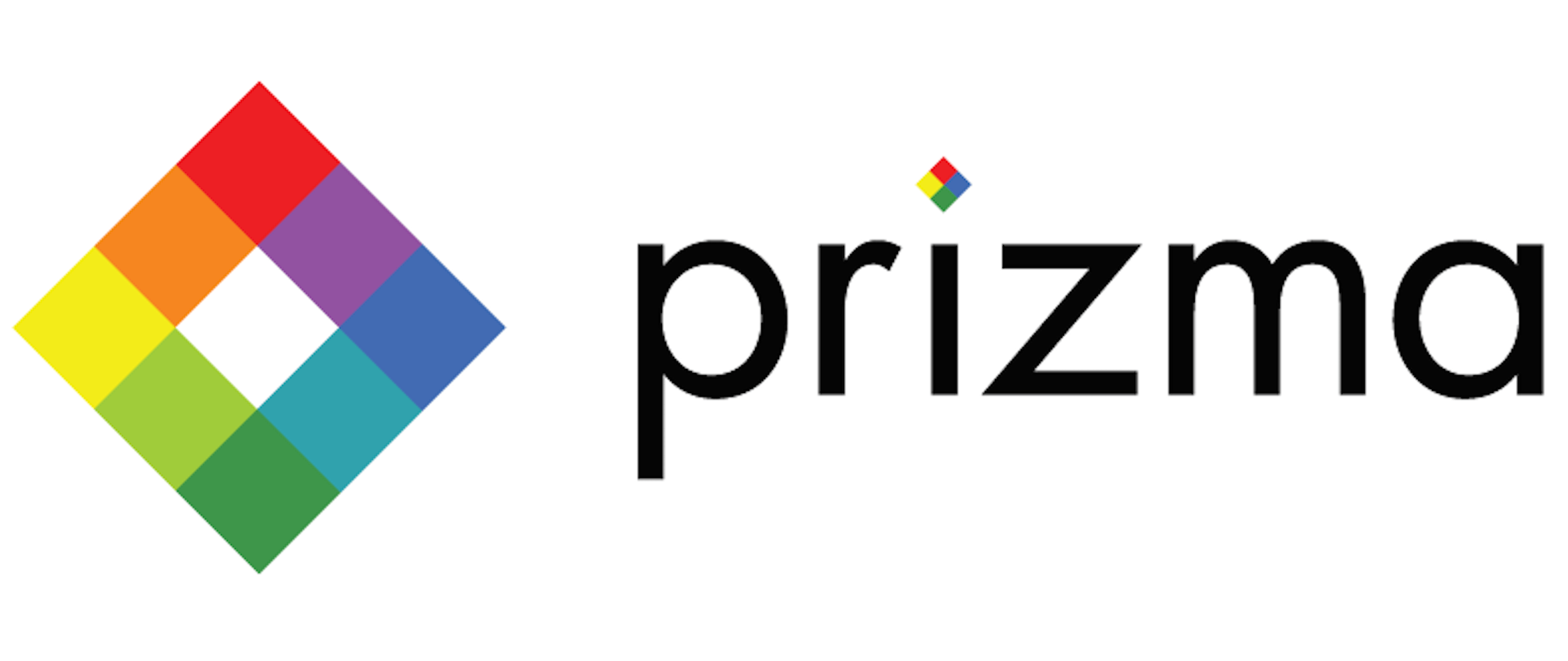Sep 21, 2015 8 Questions with: Rachel Payne, CEO of FEM Inc.
I encountered Rachel Payne earlier this year at several of the TED Women event workshops, where I was impressed with her extreme poise and passion in discussing technology trends and marginalized groups in media (e.g. women and girls). I followed up with her to learn more about FEM Inc., the video engagement platform that she is building.Along with her co-founders, Meghana Bhatt (VP, data science), and Natasha Mohanty (VP, technology), Rachel Payne (CEO) started FEM Inc. in 2012 when she realized that there was an enormous opportunity in entertainment for innovation. In her prior role as Principal, Global Strategic Alliances at Google, she worked to develop comprehensive strategies for their largest global media partners, including Sony, Disney, News Corp and Time Warner. It was in this capacity that she was able to identify a unique opportunity to serve and meet a broader set of user needs for entertainment that no one else was really considering or prioritizing.
FEM’s platform uses proprietary algorithms to serve up video content tailored to a client’s audience and is easily embedded into an app or website. The technology recommends video based on an understanding of the whole person and their deeper motivations, aspirations, passions, emotional state, and behaviors. Its new product, Prizma, adds value to three audiences: publishers, content creators, and end consumers through improved video discovery, recirculation, syndication to websites, and monetized, relevant content from quality creators. It also has an advanced analytical platform to drive insights on content creation and distribution.
FEM recently received $3m investment with their cumulative investor base including: Javelin Venture Partners, MESA+ LLC, Techstars and Disney (via its accelerator program).
Rachel is a serial entrepreneur who has been involved in five additional startups: Billpoint (acquired by eBay), Hotwire (acquired by IAC), inDplay (acquired by Discovery Media Holding Company), Google.org and now FEM Inc.
Tell us how you concepted the idea for FEM Inc. Describe the evolution of FEM Inc. from inception and where you intend to take the company. Any pivots?
FEM Inc. was founded in 2012 with the key insight that media shapes perceptions and public opinion, sometimes with negative effects for certain, underserved segments of the population, especially girls and women. We started this company because we want to promote video content and experiences that are empowering, engaging and entertaining for diverse audiences.
We want to serve the needs of diverse audiences and we have built our core technology around the idea of curating video content based upon the needs, emotional states, and motivations of the viewer. People can have multiple needs at the same time and we wish to anticipate and serve those needs meaningfully with video content that is relevant for them in that moment. In doing so, we seek to build lasting value and great video experiences for viewers. We have pivoted, from originally developing a prototype for a character-based discovery to now offering a content recommendations engine with smart syndication, analytics and monetization, with our new video engagement platform Prizma.
What challenges/learnings have you experienced as you’ve grown these last three years?
The market conditions that existed when we first set out to build FEM Inc. have changed dramatically, with many of the bigger players buying their way into the market and utilizing clickbait methods to drive clicks but at the expense of the user experience and promoting increasingly sensationalist content. We seek to provide longer term, lasting value to users, with video experiences that anticipate and seek to serve their needs in that moment and over time.
How does Prizma serve multiple market needs and offer a unique platform solution?
It isn’t easy for users to find video content that is relevant and high quality – there’s so much out there and navigating video galleries on individual websites is a lot of work – especially when you might not know exactly what you are looking for and you’re just browsing. We take the work out of video for every viewer, by tailoring video recommendations for them based on their context, favorite content and the device they are using. This matters for every video viewer – making the process of finding new video content that they will love in an easy, intuitive and seamless way.
How important is a consumer’s personalized relationship to programming content?
Personalization becomes important the more a viewer interacts with video, not only to ensure that what they see isn’t redundant, but more importantly, to intelligently learn about what they like (or don’t) and continually enhance what videos are recommended to them based on their feedback and usage. Smart platforms like Prizma ensure that viewers’ preferences inform the video experience automatically and continuously, to create even better, more relevant and highly personalized playlists that keep them engaged and coming back for more – because it was a satisfying experience.
With a video discovery platform, to what extent does FEM filter content partners to ensure quality content?
The first step in ensuring a quality user experience is identifying partners that have high quality, premium video content. We have carefully curated our partner list to reflect the best short form video content available today – aggregating partners into an ecosystem that ensures a high quality experience for viewers.
What are some exciting developments you are seeing with respect to distribution, syndication, and networks?
In terms of syndication, there’s has been a long history of content syndication, especially to platforms like YouTube, AOL, Yahoo and others. More recently, Facebook has launched their video product and are encouraging users and publishers to use their native video player and experience. Today, AppleTV made a big announcement, which brings new opportunities for video distribution via apps on this platform as well as other existing OTT outlets. Overall, the ecosystem for video content distribution, syndication and the ability to create new networks is very vibrant, growing quickly and ubiquitous. This is a great time to be in video!
Where do you personally find inspiration? What is the best short form video you’ve seen?
I am continually awed, humbled and inspired by my co-founders. While I also find inspiration in nature, whether it is long walks on the beach with my dog, surfing, sailing or hiking, at the end of the day, I feel like I have created a company with sisters that I may not have been born with but have the honor of knowing now by virtue of creating an amazing company together.
In a world of billions of videos, it is extremely difficult to narrow down a single video. That said, from a branded content perspective, one of my favorites is the Nike video, “Why not me?” My favorite line: “I just want to play ball.” So inspiring! I also love the Always “Like a Girl” commercial, which commanded the attention of millions when it raised awareness that getting compared to being a girl is the same as being inferior in some capacity, that just “being” a girl is somehow in itself derogatory in our society. We write about this and other videos on our FEM Inc. blog, where we regularly examine what videos are out there today, what we like and why certain types of video content are more empowering for girls and women than others.
Where do you see media and content trends headed in the next three to five years?
I see a continued explosion of video content creation, better discovery of that content, fewer platforms aggregators of video content but more outlets for distribution across devices and OTT.
Photos provided by: FEM Inc.







